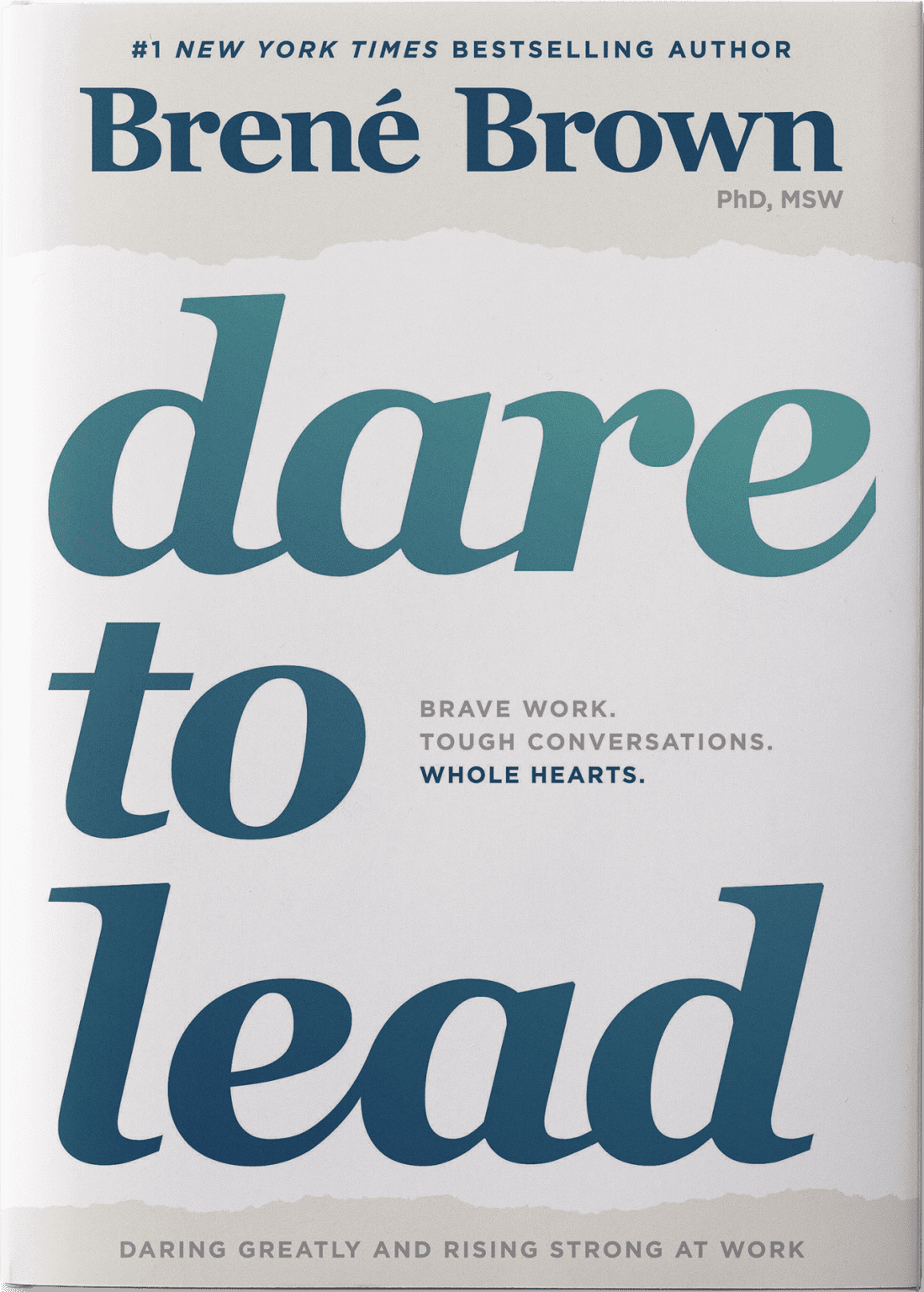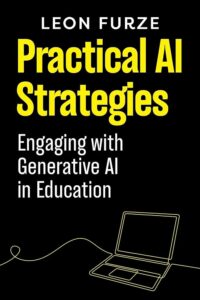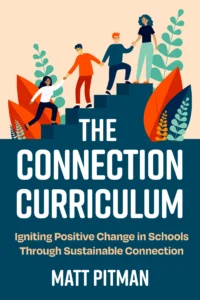Brené Brown‘s book, Dare to Lead, is a guide for leaders who want to cultivate a culture of courageous, wholehearted leadership. According to Brown, a leader is anyone who takes responsibility for finding the potential in people and processes and has the courage to develop that potential. In the education context, she stresses the importance of creating a space in our schools and classrooms where students can take off the crushing weight of their armor and truly be seen.
One of Brown’s key concepts is the leader’s, and their teams, ability to learn the skill of rumbling. A rumble is a discussion, conversation, or meeting defined by a commitment to lean into vulnerability, to stay curious and generous, to stick with the messy middle of problem identification and solving, and to take a break and return to the rumble when necessary. When someone says, “Let’s rumble,” it cues us to show up with an open heart and mind so we can serve the work and each other, not our egos.
Brown also emphasises the importance of psychological safety and the behaviors that people need from their team or group. Listening, staying curious, being honest, and keeping confidence are all essential. She suggests investing twenty minutes in creating psychological safety when you need to rumble, making your intention of creating safety explicit and getting your team’s help on how to do it effectively. Asking someone to “say more” often leads to profoundly deeper and more productive rumbling.
Apologising and making amends is framed as brave leadership rather than a sign of weakness. Brown encourages celebrating each other’s victories, no matter how small, to build morale and team spirit.
Another important point is voicing and owning our concern rather than pretending that we represent a lot of people when we don’t. Criticism often arises from fear or feelings of unworthiness and shifts the spotlight off us and onto someone or something else. The book encourages leaders to contribute more than they criticise and to turn contribution into a rumble skill.
Finally, Brown discusses three types of power: power with, power to, and power within. Power with has to do with finding common ground among different interests in order to build collective strength. Power to translates to giving everyone on your team agency and acknowledging their unique potential. Power within is defined by an ability to recognize differences and respect others, grounded in a strong foundation of self-worth.
Overall, Dare to Lead is a thought-provoking and insightful book for educational leaders and teachers who want to cultivate a culture of courageous, wholehearted leadership. The book provides practical advice and strategies for creating psychological safety, celebrating victories, and turning contribution into a rumble skill. It is highly recommended for anyone who wants to become a more effective leader and make a positive difference in their school.





